Are your buildings in compliance with local benchmarking ordinances?
Each year, cities and states across the U.S. institute new benchmarking ordinances, while also expanding existing requirements. Deadlines for 2025 are quickly approaching!
Each year, cities and states across the U.S. institute new benchmarking ordinances, while also expanding existing requirements. Deadlines for 2025 are quickly approaching!
EnergyPrint has helped customers track their buildings and meet reporting requirements for corporate sustainability mandates and local energy benchmarking ordinances since 2009. As a 6-time ENERGY STAR® Partner of the Year and Premier Member of ENERGY STAR®'s Certification Nation, we're pros at getting your Portfolio Manager account current and getting you into compliance. Get in touch today to get started!
Are you managing benchmarking compliance with an internal process?
There’s an easier way.
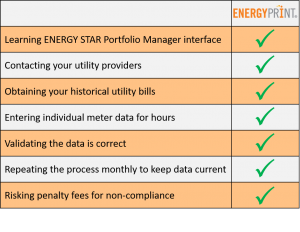
Using data collected from benchmarking and transparency (B&T) policies, building owners, managers, and operators can identify opportunities to cost-effectively reduce wasted energy and water.
However, the effort and time needed to meet these reporting requirements can be overwhelming when you’re drowning in utility bills and manually entering meter data, especially as a compliance deadline is fast approaching.
Whether you’re starting from scratch or streamlining compliance for the future, we can help you automate the process and reduce errors for stress-free reporting.
ENERGY STAR’s Portfolio Manager is the most common tool used for tracking and submitting energy benchmarking data. EnergyPrint can seamlessly upload your utility data into the Portfolio Manager, preventing you from having to learn a new system from scratch.
EnergyPrint is a full-service data collection and compliance reporting partner. We not only input and deliver data, but also manage the entire collection and validation process to ensure you have quality data when and where you need it.
We can get your facility onboarded with 3 easy steps:
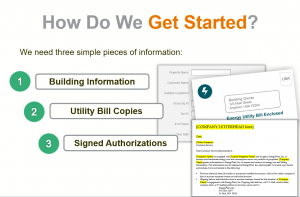
Our team of experts will then ensure you’re prepared to meet any current or future local benchmarking requirements.
Contact our Solutions Team or schedule a 30-minute meeting. We’ve got you covered.
Updated April 2025
Not sure what your local requirements are? Check the parameters below for your location to make sure your buildings are in compliance.
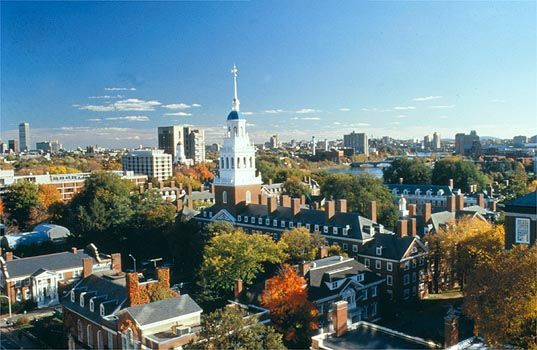
Non-residential parcels 25,000 square feet or larger, residential parcels of 50 or more units, municipal buildings 10,000 square feet or larger.
Learn More
Buildings more than 50,000 square feet, municipal buildings more than 10,000 square feet.
Learn More
City buildings more than 10,000 square feet, groups of private buildings on a single lot more than 100,000 square feet, and private buildings more than 50,000 square feet.
Learn More
Buildings over 50,000 square feet and city buildings over 10,000 square feet.
Learn More
Single-tenant buildings of 20,000 square feet or more.
Learn More
All city owned buildings, and privately owned buildings more than 50,000 square feet.
Learn More
All city owned buildings and commercial buildings 25,000 square feet or greater.
Learn More
Residential buildings more than 50,000 square feet, nonresidential buildings more than 10,000 square feet.
Learn More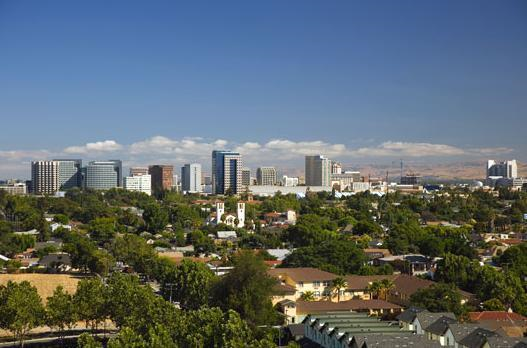
Commercial and multifamily buildings more than 20,000 square feet.
Learn More
Privately owned commercial and multifamily buildings more than 25,000 square feet and District-owned buildings over 10,000 square feet.
Learn More
Nonresidential buildings 20,000 square feet or larger, multifamily housing with 15 or more units, all public buildings.
Learn More
City buildings over 2,000 square feet and private buildings over 10,000 square feet.
Learn More
Buildings 50,000 square feet or larger and municipal buildings.
Learn More
Multifamily, commercial, and industrial buildings 20,000 square feet and larger.
Learn More
Commercial and residential buildings of 25,000 square feet or more, all buildings owned or leased by the town.
Learn More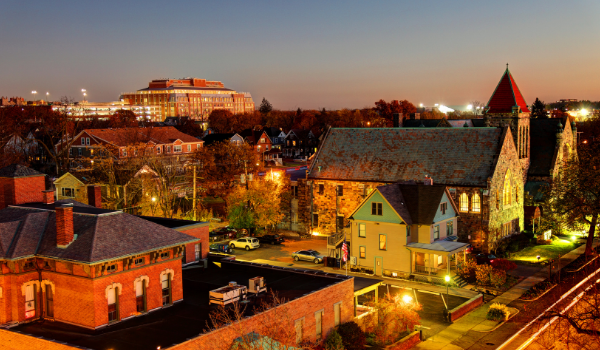
Buildings and campuses of buildings greater than 20,000 square feet
Learn More
Commercial and multifamily buildings more than 25,000 square feet and all municipal buildings.
Learn More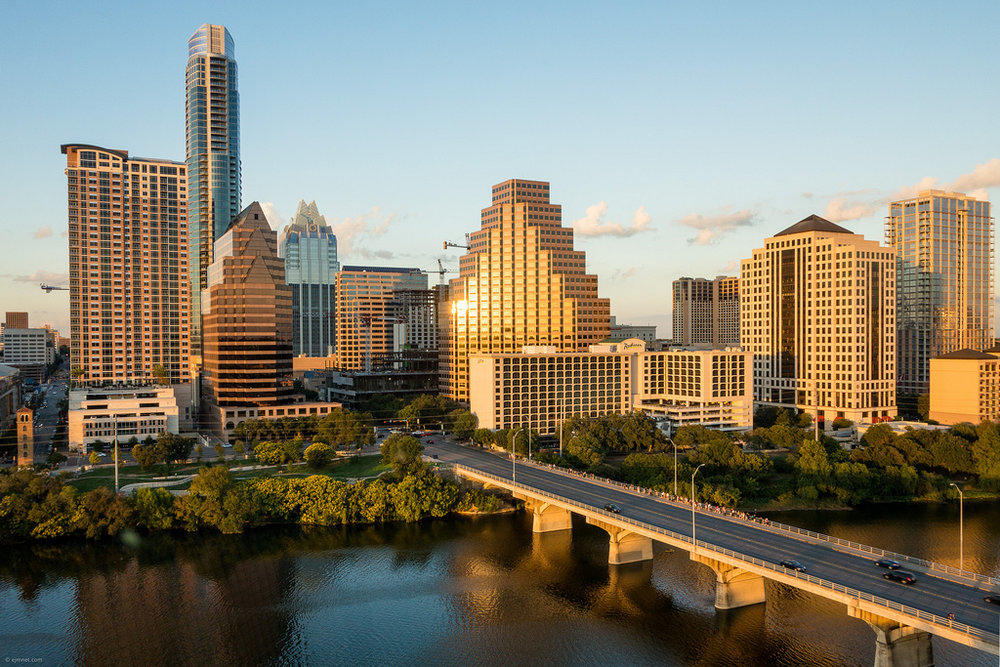
Commercial buildings over 10,000 square feet that receive electricity from Austin Electric Utility.
Learn More
Commercial properties 10,000 square feet and greater and multi-family properties 20,000 square feet and greater.
Learn More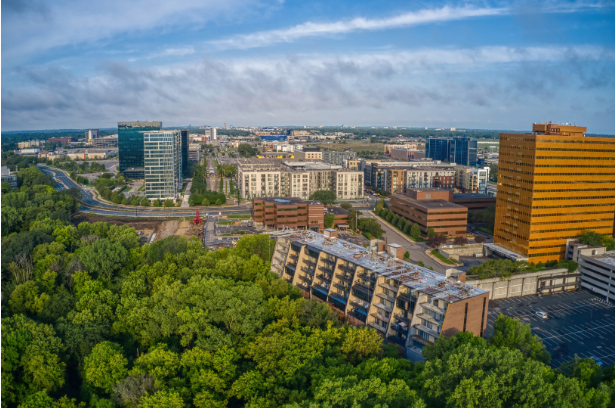
City ordinance discontinued to make way for new Minnesota state law.
Learn More
Commercial buildings over 20,000 square feet, and public buildings over 5,000 square feet.
Learn More
Commercial and multifamily residential buildings of 50,000 square feet or more not already covered by a city benchmarking ordinance.
Learn More
All commercial, institutional, and residential buildings larger than 50,000 square feet.
Learn More
Buildings of 50,000 square feet or more.
Learn More
Buildings 50,000 square feet and larger.
Learn More
All municipal, commercial, and multifamily buildings greater than 25,000 square feet.
Learn More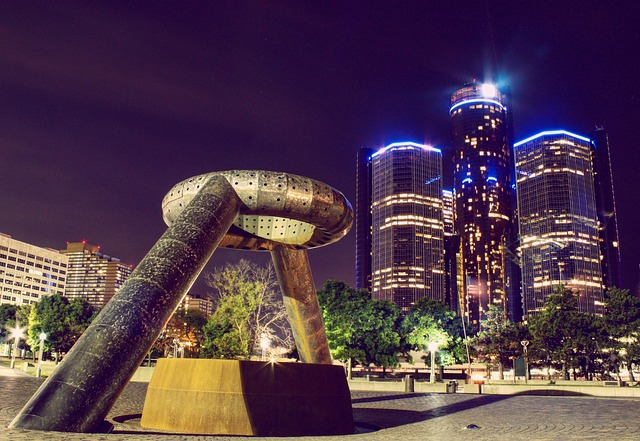
All municipal buildings, as well as commercial and multifamily buildings over 100,000 square feet.
Learn More
Buildings 25,000-49,999 square feet (50,000+ will benchmark with the state now).
Learn More
Commercial and multifamily buildings 5,000 square feet and above.
Learn More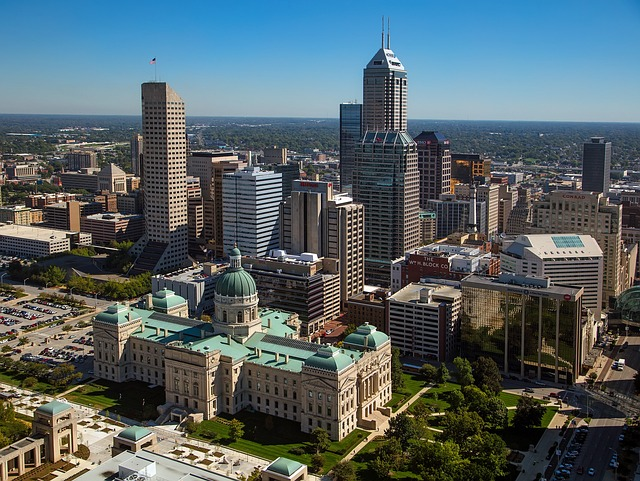
Buildings 100,000 square feet or larger and municipal buildings 25,000 square feet or larger.
Learn More
Municipal buildings more than 7,500 square feet and privately owned buildings more than 20,000 square feet.
Learn More
Commercial and multifamily residential buildings over 50,000 square feet, city buildings over 25,000 square feet.
Learn More
Buildings 100,000 square feet and above.
Learn More
Non-residential buildings over 50,000 square feet.
Learn More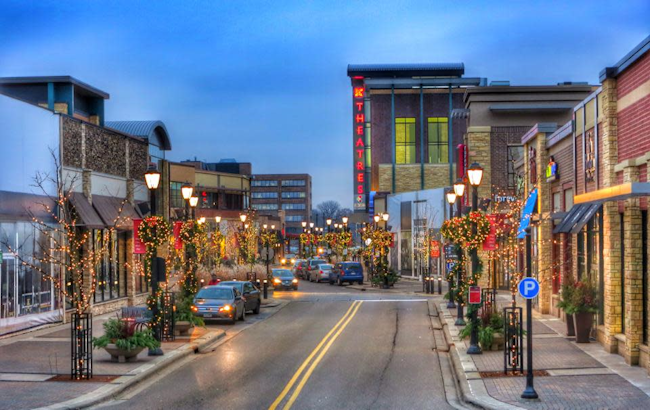
City ordinance superseded by new Minnesota state law.
Learn More
Multi-family and commercial properties more than 50,000 square feet.
Learn More
City, commercial, and multifamily buildings more than 50,000 square feet.
Learn More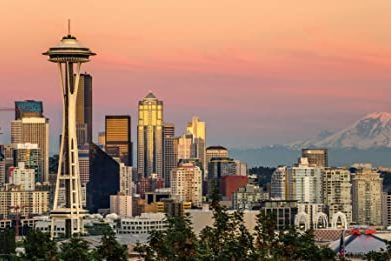
Commercial and multifamily buildings 20,000 square feet or greater.
Learn More
Expanded Clean Buildings Performance Standards will go into effect for 220,000+ square foot buildings in 2026.
Learn More
Commercial and multifamily buildings 25,000 square feet and greater. (Covers cities of Rockville and Takoma Park)
Learn More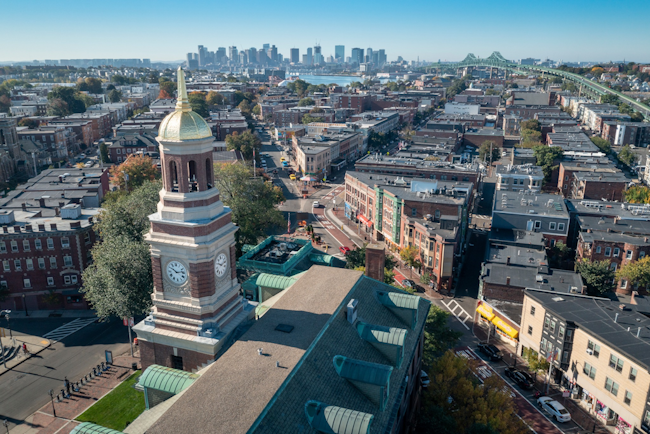
All public buildings and 20,000+ square foot commercial, industrial, and multifamily properties. Multifamily properties with 20 or more units.
Learn More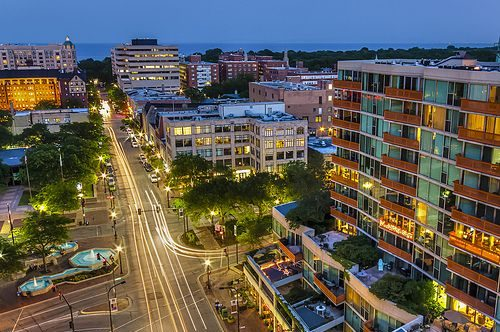
City-owned buildings greater than 10,000 square feet; all non-condo buildings greater than 20,000 square feet; all condo buildings greater than 50,000 square feet.
Learn More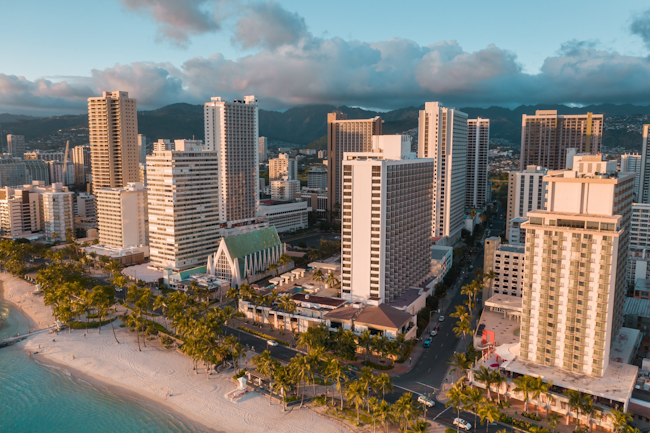
Buildings 25,000 square feet or larger.
Learn More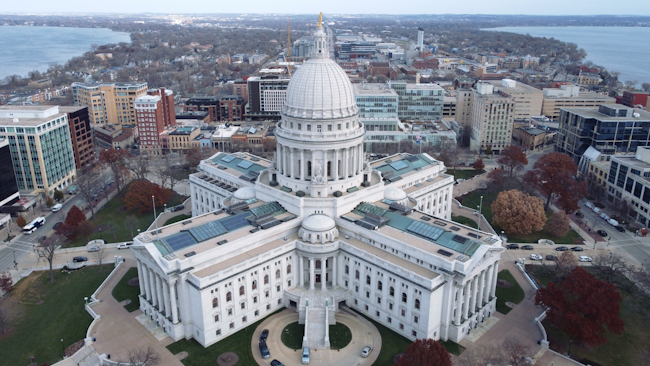
Non-residential commercial buildings 25,000 square feet and larger.
Learn More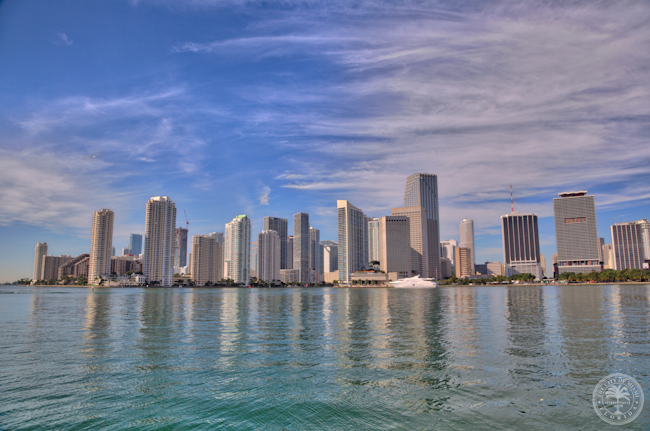
Buildings 50,000 square feet or larger by June 30; buildings of 20,000-49,999 square feet by October 1, 2025.
Learn More
Commercial and multifamily buildings 50,000 square feet and larger.
Learn More
All buildings over 15,000 square feet.
Learn More
Buildings larger than 25,000 square feet.
Learn More
Commercial buildings over 25,000 square feet.
Learn More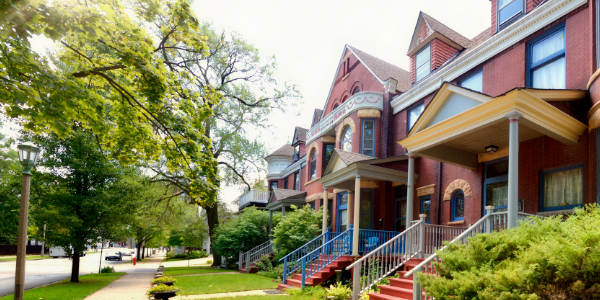
Buildings 10,000 square feet and larger.
Learn MoreMassachusetts (2026)
Learn More“We’ve used a variety of providers to do our benchmarking and Chicago energy ordinance submission, and EnergyPrint has been the best at having submissions completed on time without any issues.”
- Larry Puder, Technical Operations Manager
Community Specialists
"EnergyPrint makes our energy benchmarking easy. We tried to do it internally and faced challenges like working with our utility providers or manually entering utility data into ENERGY STAR. Now that EnergyPrint handles our compliance, it simplified our process and we don’t have any of the errors or issues we used to spend hours trying to resolve."
- Steve Pack
Dilweg Companies